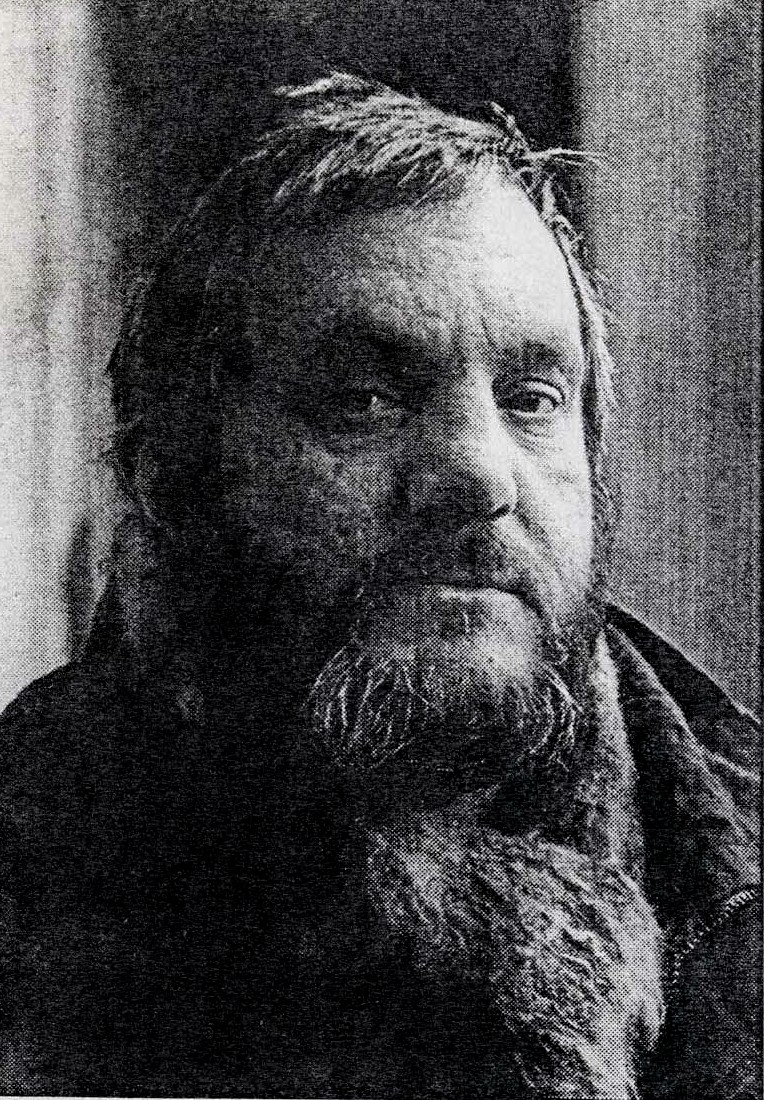- Anatolii Ivanovich Sivkov
Infobox Artist
name = Anatoly Sivkov

birthname = Anatolii Ivanovich Sivkov
birthdate =1952
location =Siberia
nationality =Russia ,
field =Painting
movement =
training =Novosibirsk State University Anatolii Ivanovich Sivkov (alternative spelling: Anatoly Ivanovich Sivkov)(Russian: Анатолий Иванович Сивков)(born 1952) is a contemporary Russian painter. Sivkov studied from 1966-73 at the renowned
Novosibirsk State University inAkademgorodok (Russian: Академгородок), a suburb ofNovosibirsk . Sivkov lives and works In St. Petersburg, Russia. [cite handout |title= title= "Sivkov, Anatolii" Санкт-Петербург | year=2002 | Handout ]Career
After completing his training; Anatolii Sivkov in 1976 entered the faculty at the Leningrad Institute of Theatre. In pre-
perestroika Soviet Russia Sivkov began to work as a creative director for a number of theatres inLeningrad andPerm . With the collapse of the Soviet Union in 1991 his career as an artist grew independently from the artistic mainstream. He is recognized as a member of the Union of Artist of theRussian Federation . Sivkov has participated in exhibitions in St. Petersburg, Moscow, Paris, London, Amsterdam and North America. In 2002 a retrospective of his work was held inRegensburg , Germany. [cite handout |title= "Sivkov, Anatolii" Санкт-Петербург | year=2002 | Handout ] . [ [http://en.wikipedia.org/wiki/Template:Syvkov.jpg]Modernist Influences
As a student Sivkov yearned to explore outside the teleological-milieu of
socialist realism the official aesthetic of theSoviet Union since the 1930s. In a rare public exhibition held in 1967 Novosibirsk he was introduced to the radical work ofPavel Nikolayevich Filonov (Russian: Павел Николаевич Филонов). Filonov was an influential artist of the early Russian avant-garde whose canvases examined the inner substance of their subject. Along with Filonov'sanalytical art Sivkov’s oeuvre illustrates the influences ofVassily Kandinsky 's (Russian: Василий Кандинский) "inner necessity," andJoan Miro 's biomorphic masses.Oeuvre
Sivkov's paintings are characterized by a kaleidoscopic complexity of colour, the layered
impasto of his palette, and an applied etching technique that reinforces a sense of flatness in his composition. Sivkov’s style is enormously individualistic and is evasive of all stylistic classification. His art holds a tense equilibrium between unrelinquish expression and compositional exactitude.Colour
Sivkov’s art is nurtured by the heavy, garish sumptuousness of his palette. His colours and application of, are powerfully expressive. The eloquence of his colours come to delineate the non-perspectival pictorial space. Combined with the impasto texture of his work, Sivkov's palette effectively creates a technically sensorial opus.
ivkov's Lines
Sivkov's line art aesthetic, which he employs by a process of applying a heated needle to his thickly coated canvases, adds a compositional element that distinguishes his style from his contemporaries. His work draws inspiration from the ancient temple reliefs of Egypt and Mesopotamia. This is most evident in his proportionality, sense of imposing permanence and almost exclusively depicting the facial profile of his subjects. A correlation can be inferred in his work between ancient
bas-reliefs andline art . Despite the fact that line art tends to be monochromatic Sivkov's engraved lines act in a semi-autonomous relationship from the other elements in his compositions. In this fashion his lines act independently from the artist's palette to emphasize form and outline.ee also
*
Line Art
*Contemporary art
*Analytical art
*bas-reliefs Resources
References
* [Template:Syvkov.jpg]
External links
* [http://www.artsupporters.org/anatoly_sivkov%20bio.htm] This site offers additional biographical information
* [http://russianpaintings.com/html/sivkov/pmor.htm] Link to more images
* [http://russianpaintings.com/html/sivkov/pguitar.htm] Link to more images
* [http://museedelaguitare.free.fr/xxi/xxi.php] Link to more images
* [http://solartgallery.com] Additional information about Anatolii Sivkov
Wikimedia Foundation. 2010.
